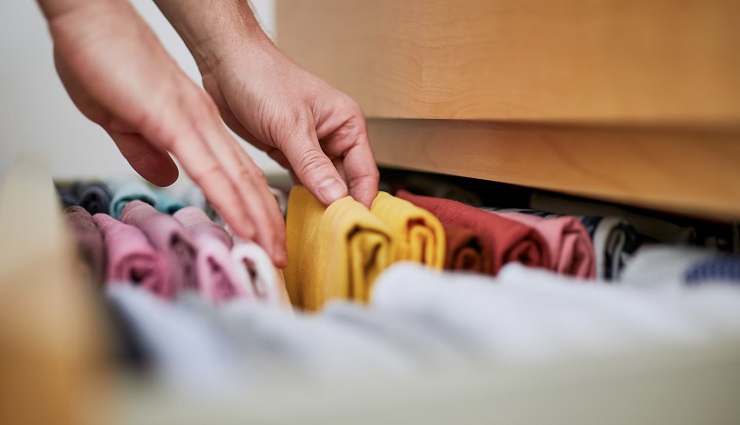Many of us do not pay attention to the correct way of using the devices we use daily, and this causes us to use the wrong device for years. With the correct use of tools and equipment, we can do daily tasks faster, safer, and more effectively. This article will examine the proper way to use several standard tools in daily life. Stay with us.
1. Food storage containers
Not all food storage containers are suitable for use in the microwave, aside from being glass or plastic. The corners of rectangular containers usually absorb more energy than other parts, causing the food to overheat in those parts. Food heats up more evenly in round containers.
2. Mixer
The order in which food is put in the blender is significant. First, you have to pour the liquid ingredients, then pour the food ingredients in order from the smallest to the largest, and at the end and above the other ingredients, put the most problematic ingredients, such as ice cubes. The liquid makes the blades work more smoothly without getting stuck on complex pieces of food.
3. toaster
The type of bread you are toasting will determine how hot the toaster should be. White and sweet breads heat up faster, and heavier breads like rye bread need more time. Even slices of the same bread need different settings after a few days. Toasting bread slices that are left and slightly dried out requires less heat and time.
4. broiler oven
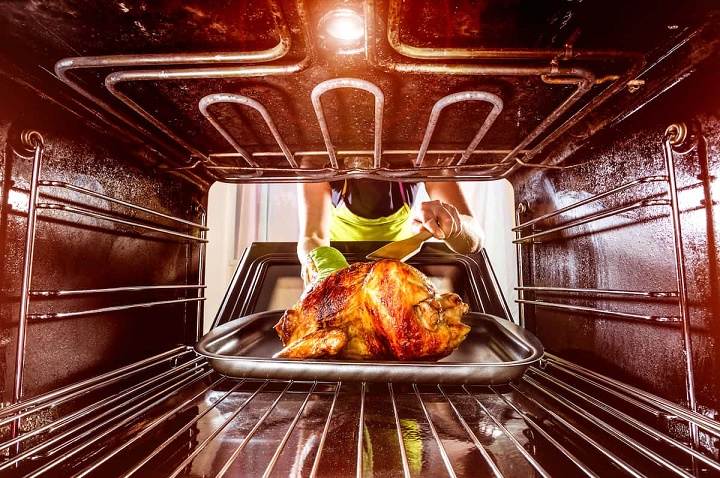
Keeping it closed in the oven while grilling may cause heat and steam to build up. Steam ventilation gives the food the desired crispness and roasting. The escape of hot air causes the heat to be concentrated on the surface of the food instead of cooking it all over.
5. Cooking food in the microwave
Microwave energy is absorbed by salt. Seasoning and flavoring the food will transfer a lot of heat to the surface of the food and dry it. Therefore, you should add salt after heating the food or mix it well before putting it in the microwave to prevent it from drying.
6. slow cooker
Opening the slow cooker door causes heat to escape and disrupts the cooking time. Therefore, you should resist the temptation to look at the food or stir it until at least one hour before the end of the cooking time.
7. chopper
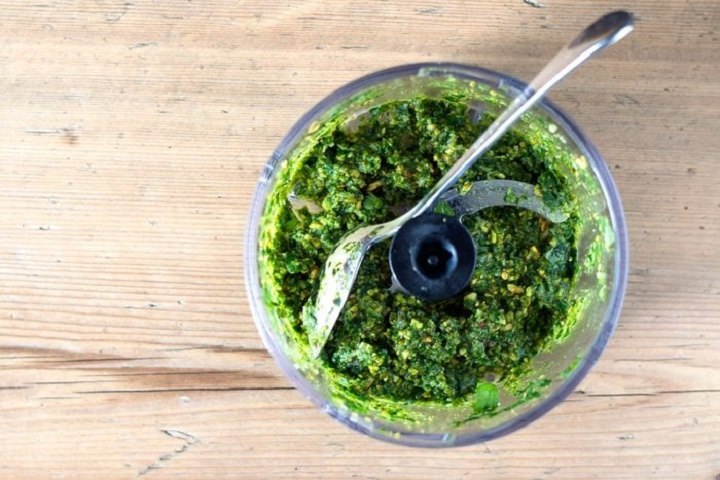
Blenders have a dull blade and a powerful motor, but choppers have a sharper blade and a weaker motor. Use a blender to make smoothies, drinks, and creamy soups that need to be very smooth. When dealing with hard foods like nuts and garlic, use a chopper, ideal for harder-textured foods like pesto.
8. dishwasher
According to research at the University of Birmingham, the best part of the dishwasher depends on the type of dirt on the dish. The center of the dishwasher has the most potent water spray and is the best part for dirt from carbohydrates such as potatoes or tomatoes. On the other hand, the water flows down on the sides like a waterfall, and the detergent has the highest concentration. For this reason, the sides are the best part of contamination caused by proteins such as eggs because these contaminations need more time to soak.
9. standing mixer
Stand-up mixers are made at the right height, but during delivery or after regular use, the mixer can move out of place. There should be a space as thick as two sheets of paper between the mixer and the bottom of the bowl. If your stand mixer does not have this distance, lift the head and adjust the height of the mixer by turning the screw on the neck. Turning the screw to the left raises the mixer, and turning it to the right lowers the mixer.
10. Garbage disposal
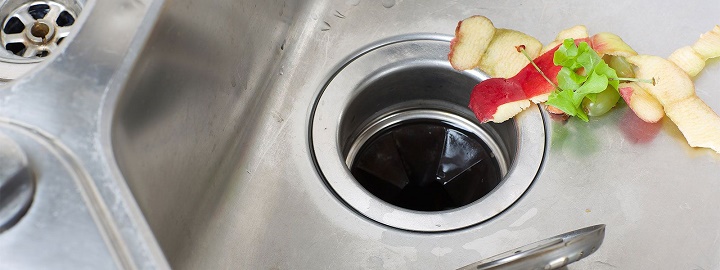 Garbage disposals are not as tough as you think. The dishwasher’s hot water reaches a temperature of 49 degrees Celsius, and the hot water causes the food residues that enter the garbage disposal to melt and turn into a stiff paste. This stiff paste may clog the garbage disposal. Therefore, you should use cold water when pouring food on the dishes inside the machine. Then, use hot water when washing the dishes.
Garbage disposals are not as tough as you think. The dishwasher’s hot water reaches a temperature of 49 degrees Celsius, and the hot water causes the food residues that enter the garbage disposal to melt and turn into a stiff paste. This stiff paste may clog the garbage disposal. Therefore, you should use cold water when pouring food on the dishes inside the machine. Then, use hot water when washing the dishes.
Garbage remover is a device that is installed under the sink in the water channel and crushes and disposes of garbage and food on the dishes.
11. knives
If you are not careful how to hold large kitchen knives, these knives can be very dangerous. Many people wrap their hands around the knife handle while you should be holding your thumb and forefinger on either side of the blade. With this, you can make more precise cuts.
12. Toothpaste
The picture on the toothpaste package of a toothbrush with a lot of toothpaste on it and covering all the bristles is not what doctors recommend. Dentists say that the right amount of toothpaste is the size of a pea.
13. ketchup bottle
Instead of frantically shaking the bottle until a lot of sauce comes out, tap where the neck of the bottle starts to taper. With this, the sauce comes out faster and smoother.
14. Button-down shirts
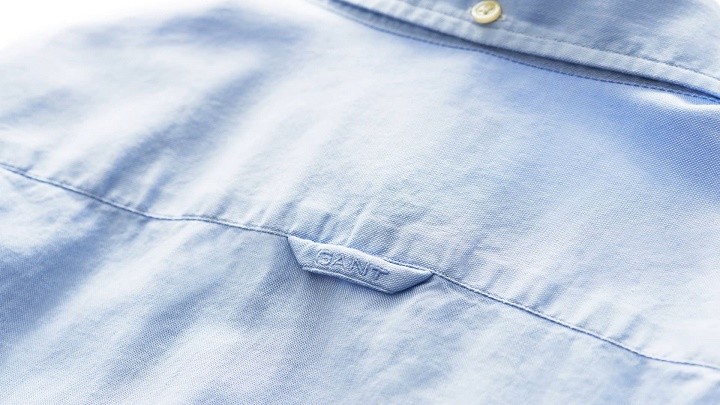
If you’ve never used the little loop on the back of your shirt, you’ve probably unknowingly caused your clothes to wrinkle. This ring was added to men’s shirts in the 1960s so that men could hang them in gym lockers to avoid wrinkles.
15. the banana
If you’ve watched monkeys in the wild, you’ve probably seen them peel bananas from the bottom. Before you say this is a sign of people being more intelligent, try it yourself and peel the banana from the bottom. With this method, the skin of the banana is removed more efficiently, and there is no more flattened part on the top of the banana.
16. Toothbrush
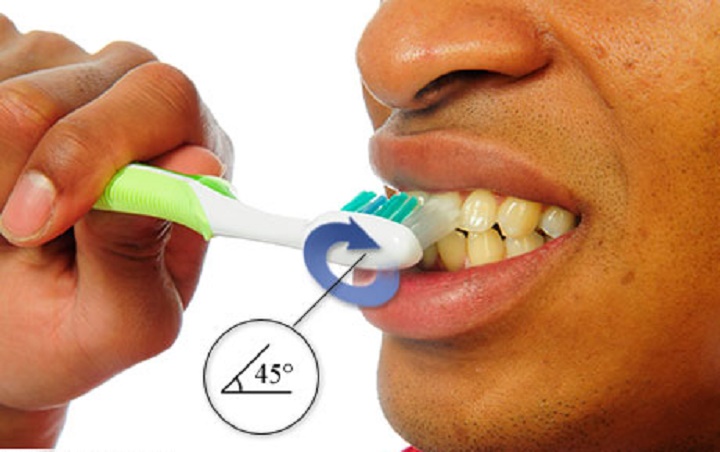
You should pay attention to your brushing technique. According to the American Dental Association, you should hold the toothbrush at a 45-degree angle to the gums. To clean the front teeth, move the toothbrush vertically and with up and down movements.
17. Toilet paper
Some people misplace the toilet paper. The toilet paper should be placed so that the end hangs over the top of the roll, not behind it.
18. oven drawer
Some ovens have a drawer where most people put their cooking utensils. In some models, this drawer is not for placing dishes but for keeping cooked food warm until you are ready to eat. Refer to your oven manual to determine what your oven drawer is for.
19. cotton swab
Cleaning the ears is one of the most common uses of ear cleaners, but this is not the right thing to do. Sticking something small like an ear swab into the ear will only push the earwax inside.
20. Cosmetic sponge
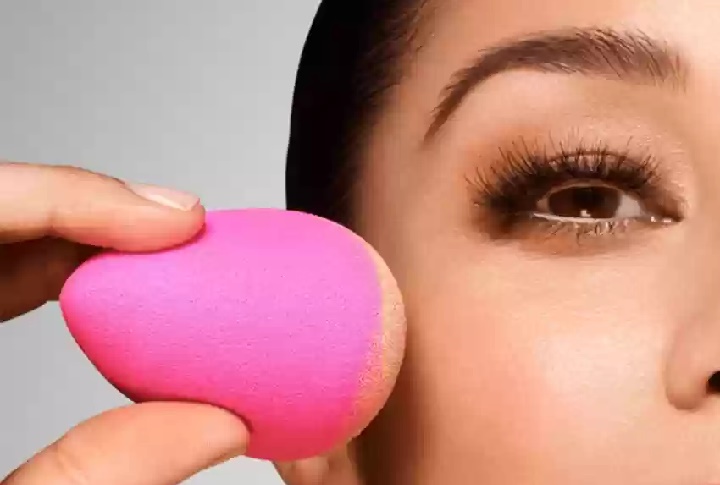
Maybe you also use a makeup sponge instead of your fingers to spread cream powder, but you may not use this makeup tool correctly. First, you need to moisten the cosmetic sponge so that the cosmetics are not drawn and spread evenly on the skin. Instead of dragging these sponges on the face, gently tap to spread the makeup.
21. ceiling fan
The ceiling fan directs the cool air down and saves on the cost of the electric air conditioner. But these fans can also make the house warmer in winter. Just reverse the clockwise rotation direction of the fan blades. With this, the fan pulls the air up and spreads the warm air around the room.
22. Email notifications
Showing an email notification every time you get a new message is an excellent way to keep up with all the messages, but most emails don’t require an immediate response. According to a study at the University of British Columbia, people who check their email only three times a day are less stressed than those who read their messages every time. Turn off email notifications or limit them to important audiences like your boss.
23. Brush and comb
Combining the hair from the top of the head looks natural, but it causes the top knots to merge with the bottom knots and worsen the knots. Start combing or brushing from the bottom of the hair and slowly move toward the top of the hair after the bottom knots are untied.
24. shoelace
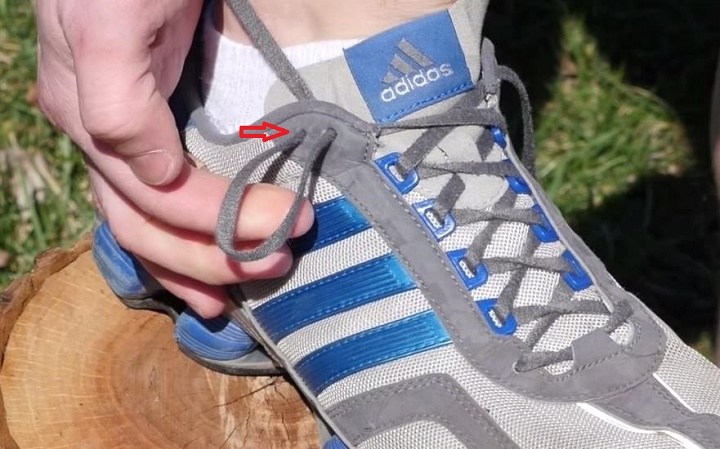
The last holes on the sneakers are not decorative. Depending on how the shoes are tied, you can pass the laces through them so that your feet are more comfortable in the shoes.
25. Tube cap
Have you ever noticed a bump inside the cap of aluminum tubes like prescription ointments and creams? When you use the cream or ointment for the first time, turn the cap over and pierce the foil on the ointment door with the protrusion in the middle.
26. Toilet cover
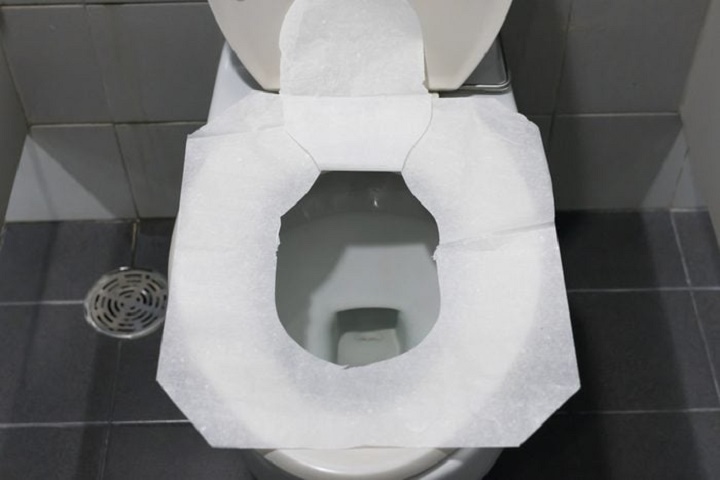
Using disposable toilet covers seems so simple that you have probably never looked at their instructions. But if you do, you’ll realize that the correct way to use a toilet seat cover is to place the middle tab on the front of the bowl, not the back.
27. Air conditioner
When you go home in the summer and turn on the air conditioner, you probably set it to a lower temperature than usual to cool the house down faster, but that doesn’t make your air conditioner run faster. Setting it to 15°C instead of the usual 24°C won’t cool the house down any faster and will only waste energy, as the air conditioner will blow cold air out some time after reaching your ideal setting.
28. tissue paper
There is a proper way to clean and empty your nose with a tissue that you probably don’t do. Fining with high intensity can cause blocked ducts and even sinus infections. The correct way is to clean one nostril at a time gently.
29. Sticky note paper
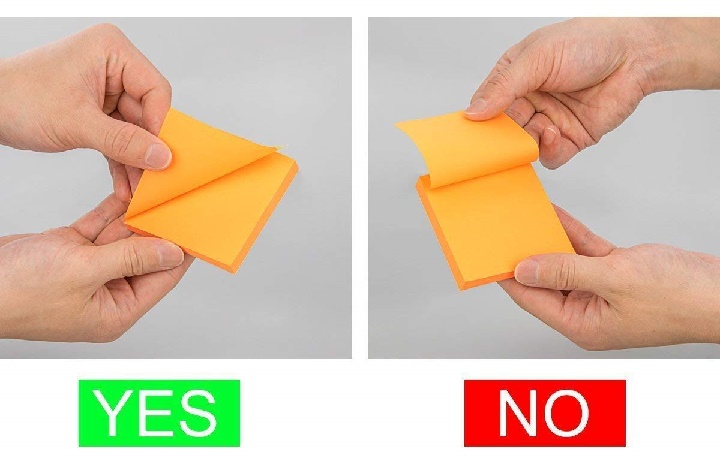
Sticky notes are great for jotting down little reminders, but have you ever wondered why they pile up? This problem is because you are removing them in a bottom-up motion that causes the paper to bend when you get to the sticky part. Separating the paper from the side prevents it from bending and keeps it straight.
you say
This article taught us about the wrong uses of some commonly used tools. What else do you think could be added to the list above?

